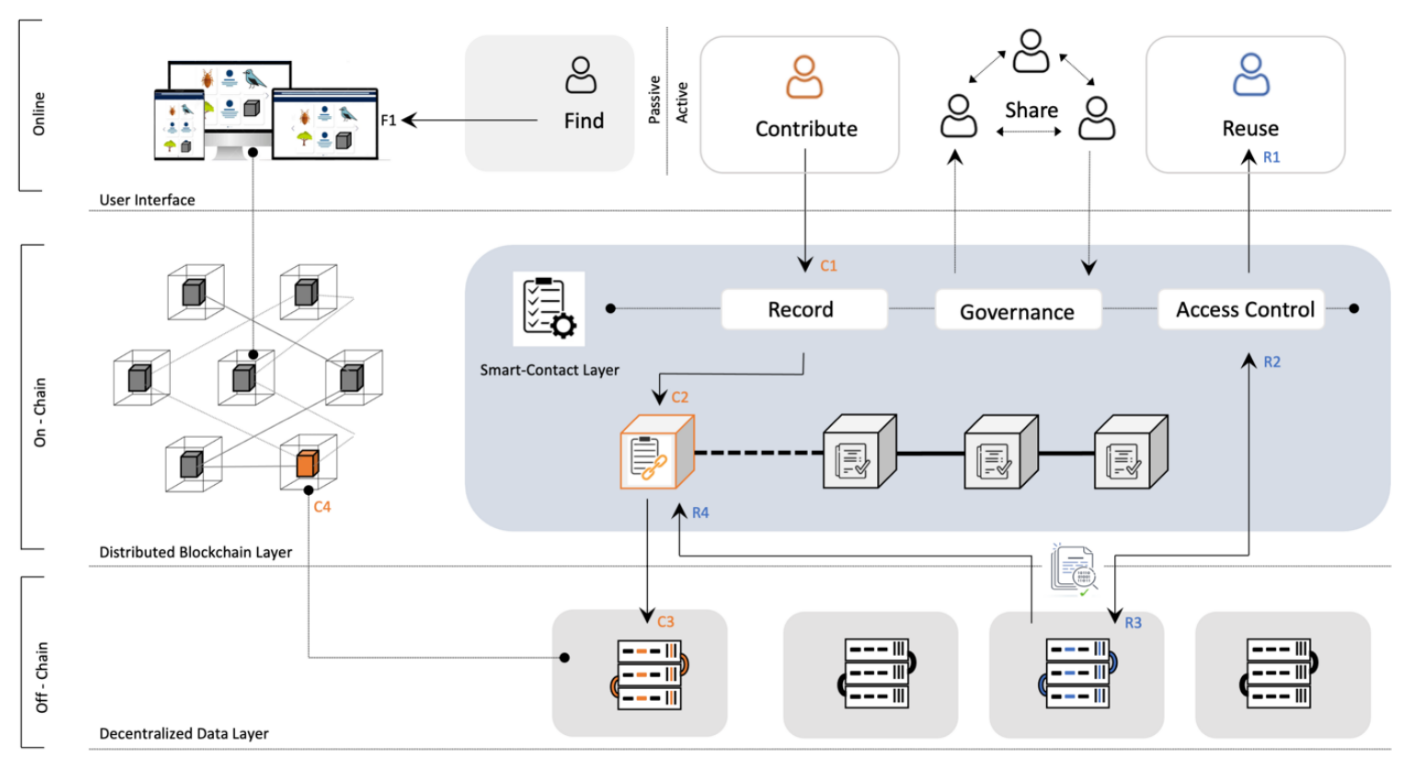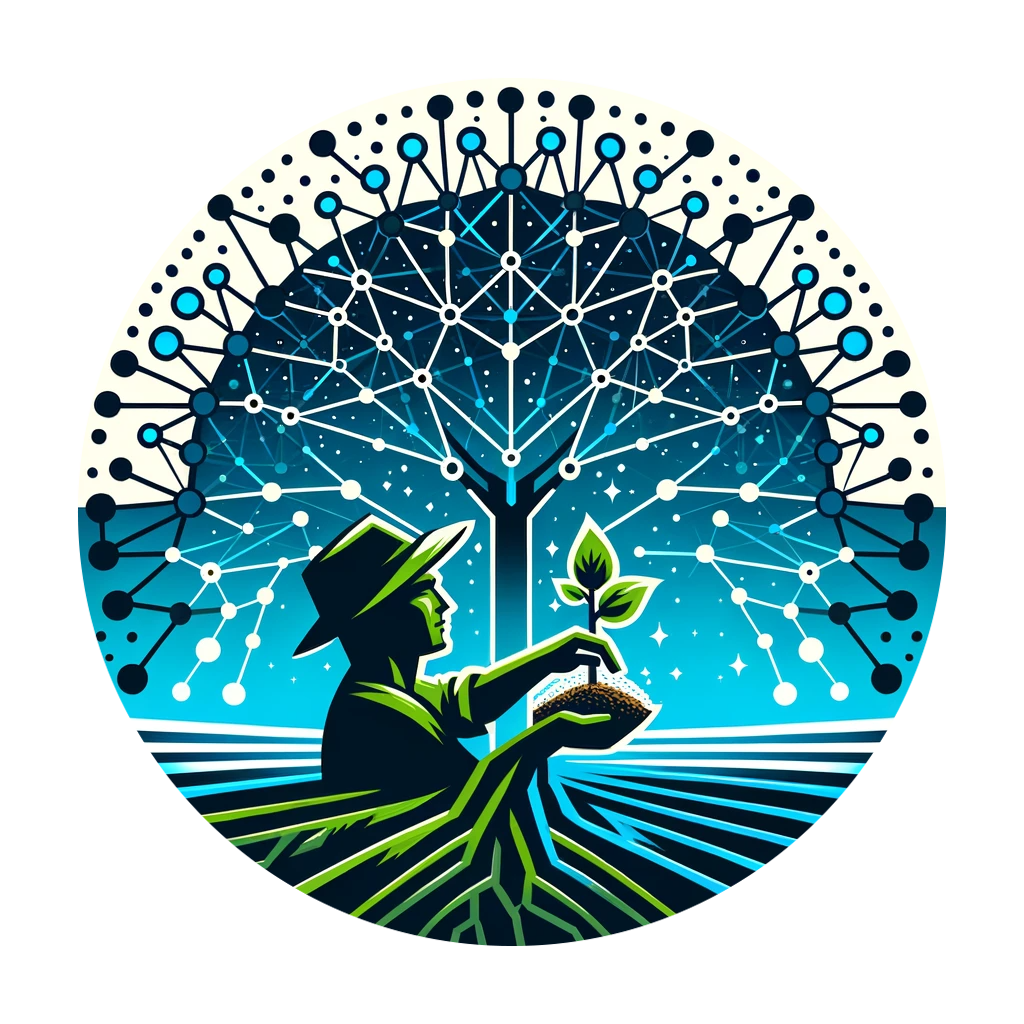The project
The evolution of scientific research towards openness and accessibility, as mandated by widespread policies, should have heralded a revolution in biodiversity science. However, the reality within the realm of open science reveals a stark contrast – primary ecological data are still often elusive and challenging to access. Research into attitudes towards open data in ecology and evolution has exposed common concerns such as the perception of data as proprietary, particularly in resource-intensive data production scenarios. Fears of research competition monopolizing hard-earned data and reluctance to relinquish control to centralized repositories further compound these challenges. The fundamental obstacles of trust, transparency, and control within open ecological data can find resolution in distributed ledger technologies like blockchains. By decentralizing data through a cryptographically-secured, chronologically ordered chain of blocks, blockchains offer a paradigm shift in data governance, addressing the barriers hindering open science.
Decentralized ledgers, epitomized by blockchain technology, are at the forefront of defining Web 3.0, the third iteration of the World Wide Web. This technological evolution extends beyond DeFi (Decentralized Finance) to include ReFi (Regenerative Finance), driving positive change in communities and natural environments. Forest-Web 3.0, with a specific focus on the forest biome, aims to pioneer data-driven solutions for stewarding forest biodiversity monitoring in the 21st century.
The project’s dual objectives involve spearheading a paradigm shift among academics towards data stewardship by leveraging Web 3.0 technologies, particularly blockchain, to mobilize existing forest biodiversity and environmental data. Simultaneously, Forest-Web 3.0 seeks to drive systematic and sustainable commitments to nature protection by coordinating knowledge creation of regenerative finance revenue across a trans-national network of forest land-owners. Through the creation of Web 3.0 nature-backed digital assets, the project aims to showcase the economic value of proforestation, aligning ecological goals with innovative digital solutions.

A conceptual framework as published in Lewis et al. 2023 illustrates how Forest-Web-3.0 blockchain enabled ecological data network can be structured and data flows managed. F1: end-users can freely search all data recorded on the blockchain (i.e. standardised metadata, smart-contracts, and re-use statistics) via a public and open graphical user interface. C1: Data contributors can register data via the online user interface. C2: Smart contracts embedded in the blockchain autonomously and immutably record standardised metadata and a permanent object identifier (hash). C3: The hash is unique to the decentralised primary data stored off-chain on a server affiliated to the data contributors. C4: These servers make up nodes necessary for a distributed blockchain system, and maintain an up-to-date copy of the blockchain data-ledger. R1: Data users can reuse data recorded on the network. R2: Access control to primary data is governed and automated via smart-contracts. R3: Permissioned access grants the data user access to retrieve the primary data stored on a given node (server). R4: A record of the transaction along with any accompanying data-reuse policy is permanently stored on the blockchain.
